Advancements in Control Algorithms
The Wind Turbine Control System Market is experiencing a notable shift due to advancements in control algorithms. These algorithms enhance the efficiency and reliability of wind turbine operations, allowing for better energy capture and reduced operational costs. As of 2025, the integration of sophisticated control strategies, such as model predictive control and adaptive control, is becoming increasingly prevalent. These innovations not only optimize turbine performance but also contribute to the overall stability of the power grid. The market for control systems is projected to grow significantly, driven by the need for improved energy management and the increasing complexity of wind farm operations. This trend indicates a robust demand for advanced control solutions within the Wind Turbine Control System Market.
Regulatory Support for Renewable Energy
Regulatory frameworks supporting renewable energy initiatives are playing a crucial role in the Wind Turbine Control System Market. Governments are implementing policies that promote the adoption of wind energy, including incentives for renewable energy projects and stringent emissions regulations. As of 2025, many countries have set ambitious targets for renewable energy generation, which is likely to drive investments in wind turbine technologies. This regulatory support not only encourages the deployment of wind farms but also necessitates the implementation of advanced control systems to ensure compliance with operational standards. Consequently, the Wind Turbine Control System Market is poised for growth as stakeholders seek to align with these evolving regulations.
Technological Innovations in Turbine Design
Technological innovations in turbine design are significantly impacting the Wind Turbine Control System Market. The development of larger and more efficient turbines is leading to increased energy output and reduced costs per megawatt. As of 2025, the trend towards larger rotor diameters and higher hub heights is becoming more pronounced, necessitating advanced control systems to manage these new designs effectively. These innovations not only improve the economic viability of wind energy projects but also require sophisticated control mechanisms to optimize performance under varying wind conditions. The Wind Turbine Control System Market is thus likely to see a surge in demand for control solutions that can adapt to these evolving turbine technologies.
Increased Demand for Energy Storage Solutions
The growing demand for energy storage solutions is influencing the Wind Turbine Control System Market. As wind energy generation is inherently variable, the integration of energy storage systems is becoming essential for maintaining grid stability and reliability. By 2025, the synergy between wind turbines and energy storage technologies is expected to enhance the overall efficiency of wind farms. This integration allows for better management of energy supply and demand, thereby optimizing the use of generated power. The Wind Turbine Control System Market is likely to benefit from this trend, as advanced control systems are required to manage the complexities associated with energy storage and distribution.
Growing Investment in Renewable Energy Infrastructure
The Wind Turbine Control System Market is benefiting from a growing investment in renewable energy infrastructure. As countries strive to transition towards sustainable energy sources, substantial capital is being allocated to the development of wind energy projects. By 2025, this investment trend is expected to continue, driven by the need for energy diversification and security. The establishment of new wind farms and the upgrading of existing facilities will create a demand for advanced control systems that can enhance operational efficiency and reliability. This influx of investment not only supports the growth of the Wind Turbine Control System Market but also fosters innovation in control technologies, ensuring that they meet the evolving needs of the energy sector.



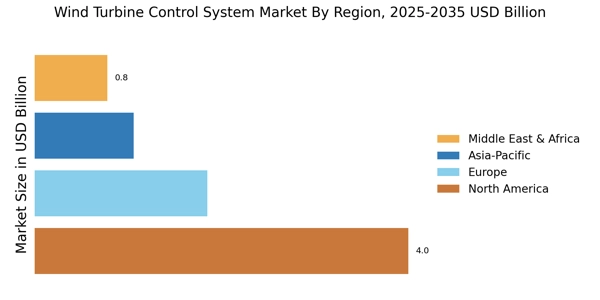
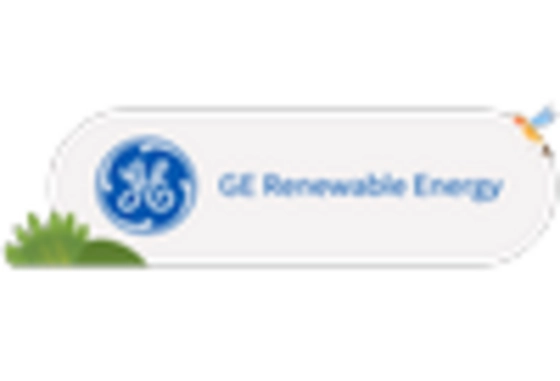
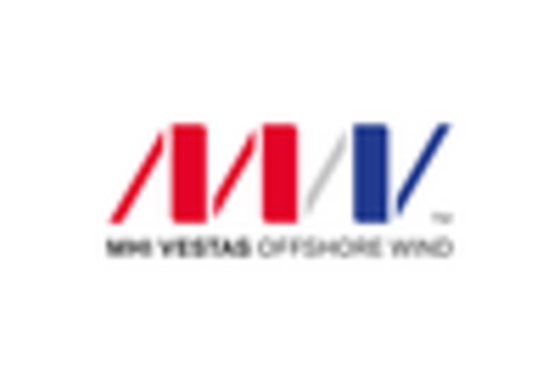
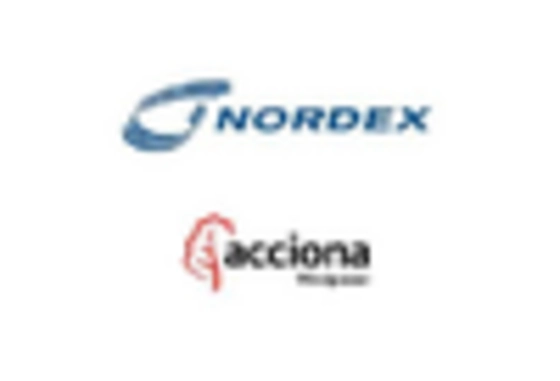
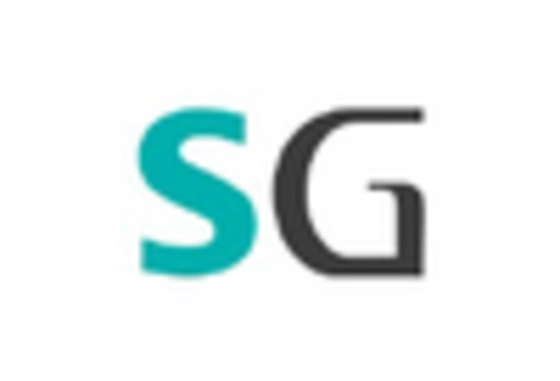
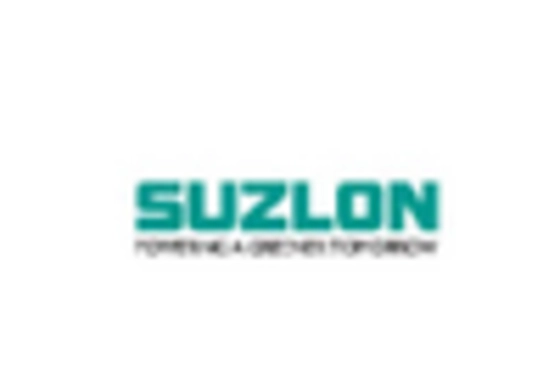









Leave a Comment